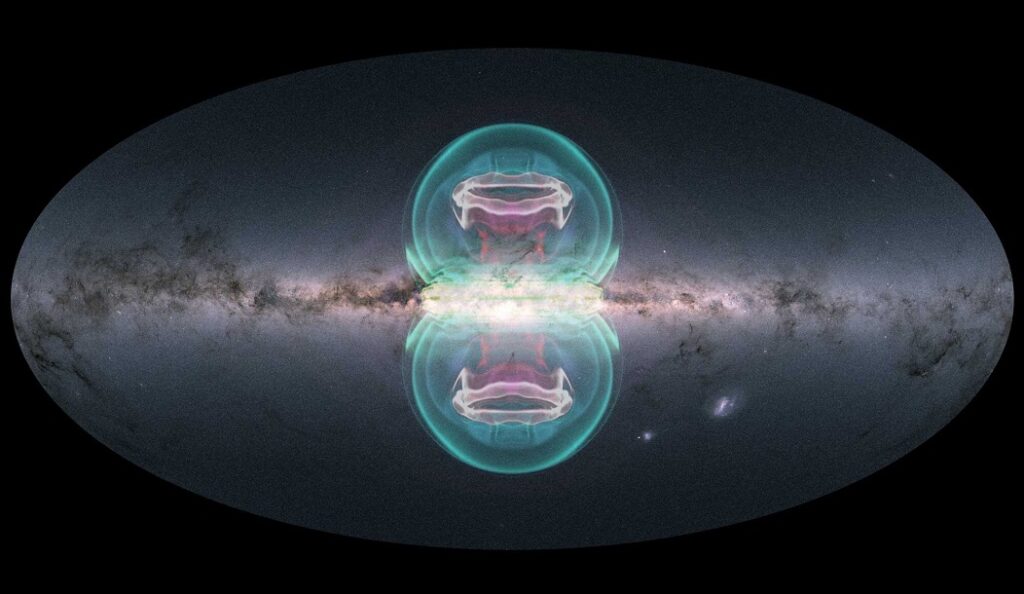While the Russian-Ukrainian war continues, its consequences are the main topics even in the space sphere. However, in this difficult time, scientists and engineers continue to do their job, and we publish a digest of news from them for a week.

Space program news
- NASA is preparing to “roll out” the Space Launch System (SLS) lunar rocket to the launch pad in Florida. This is supposed to happen next Thursday, March 17. If this latest test is successful, the Artemis I mission will launch in April. A lot of spacecraft will be launched on the trajectory to the moon of our planet, the most interesting of which is the Orion spacecraft.
- On March 5, China successfully launched the Chang Zheng 2M rocket. It put five commercial communications satellites of the Galaxy Space company into orbit. They should form an experimental grouping in low orbit. In the future, China plans to create its own global data transmission system in this way.
- On March 3, the remnants of an old rocket crashed into the Moon at a speed of 9300 km/h. As a result of the collision, a new crater with a diameter of 10-20 m was formed. The ownership of the rocket remains debatable. Both China and SpaceX still deny that it belonged to them.
- SpaceX is shifting resources to cybersecurity in order to protect its satellites from hacking. Engineers are afraid that the signals of the mega-grouping in orbit will be intercepted or silenced.
Week in the Solar System
- The age of the giant Hiawatha crater in Greenland reaches 58 million years. It used to be thought that it was formed from 12 thousand to 3 million years ago. Currently, scientists have established that it is the result of a collision of the Earth and an asteroid with a diameter of about a kilometer in the Eocene.
- Scientists have discovered a way to quickly find out which of the icy moons of the giant planets have oceans under the ice. In their opinion, liquid water should cause changes in the magnetic field. And these changes can be measured in just one flight of the automatic station. Without complicated long-term observations.
- Scientists opened a capsule with samples of lunar soil extracted by the crew of the Apollo spacecraft in 1972. The stones were extracted by drilling and contain remnants of the gases formed back in the days when our moon was incandescent.
- Observations of asteroid 2022 AE1 have shown that it is not as dangerous to Earth as it was thought. When it was opened this year, the probability of a collision with our planet was very high.
Beyond the Solar System
- The rare variable star RS Ophiuchi turned out to be a source of gamma radiation. It belongs to the class of eruptive configurations. Approximately every 15 years, a powerful explosion occurs on it, changing its brightness.
- The colossal “bubbles” discovered in 2020 near the center of the Milky Way are the result of the activity of a supermassive black hole. These objects rise above the plane of our star system from both sides, but are invisible in the optical range. They were discovered only due to radio emission.
- Black holes in the centers of merging galaxies are not in circular orbits. Scientists were able to explain this phenomenon by the fact that not only pairs of these objects, but also trios, can approach in dense gas-dust disks. This interaction is similar to a game of cosmic billiards.
